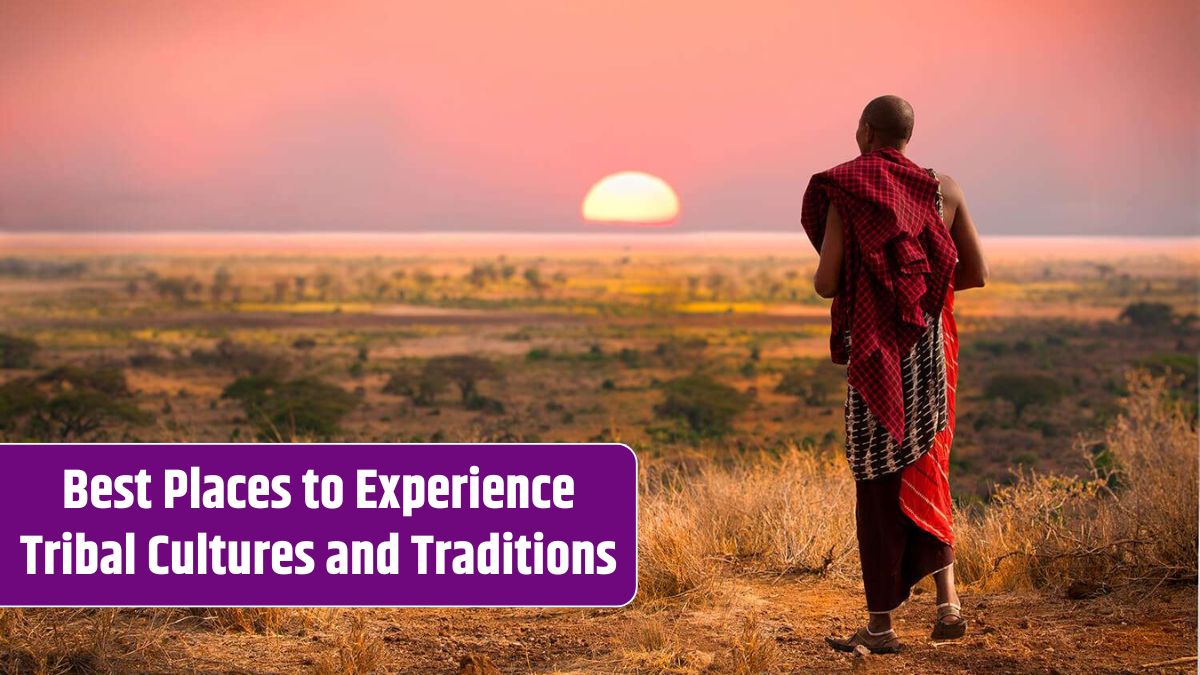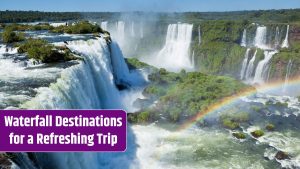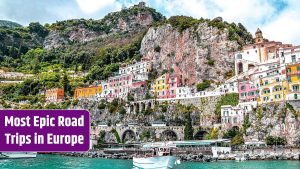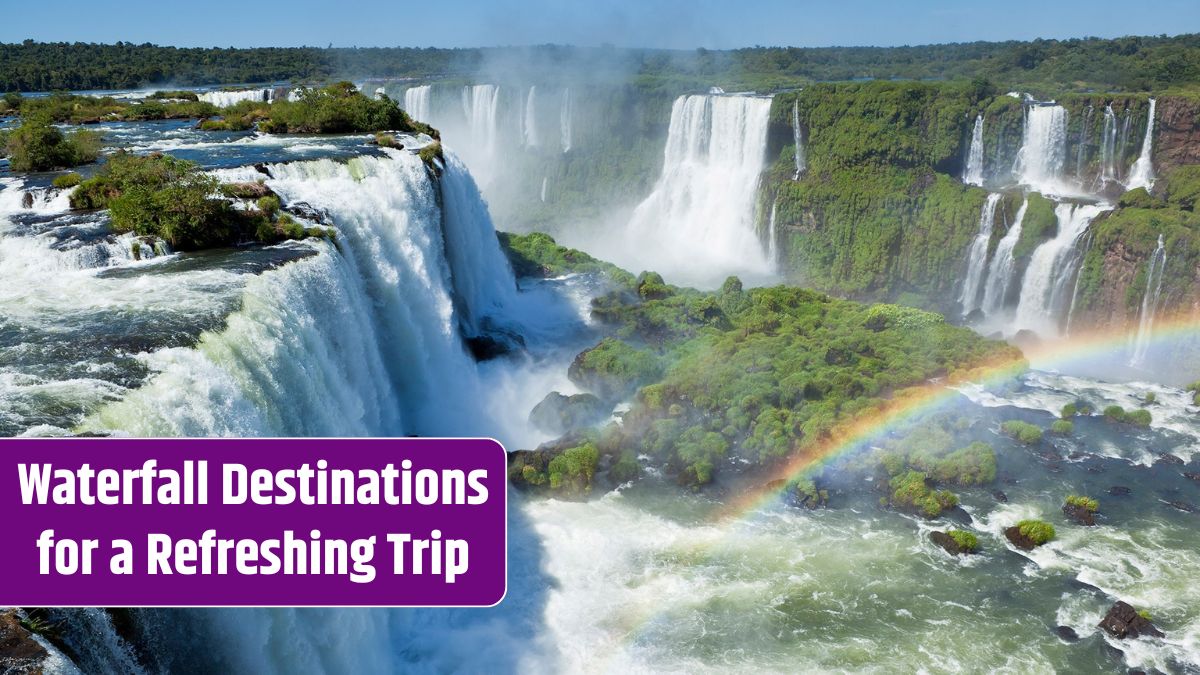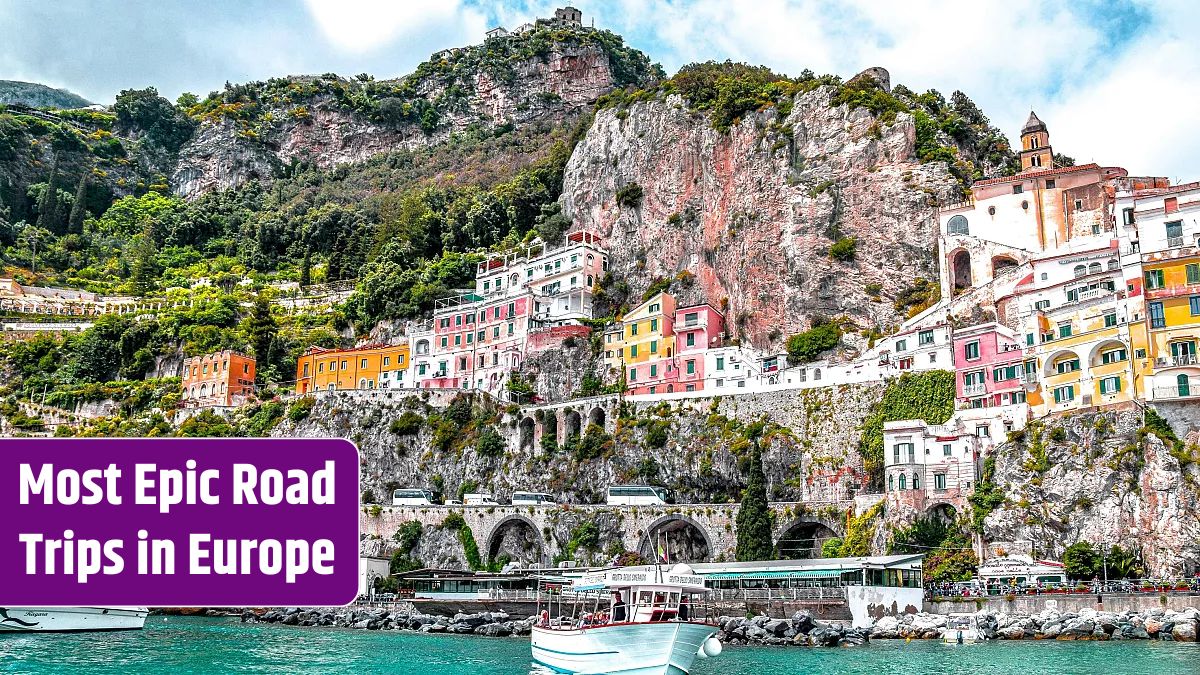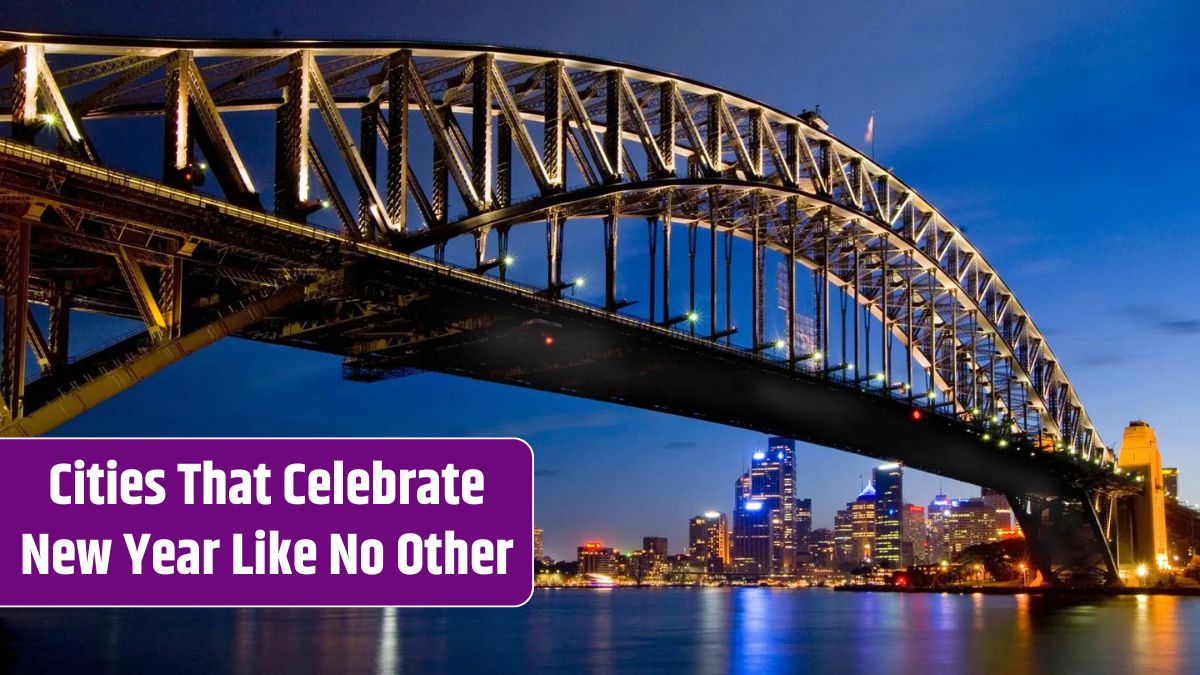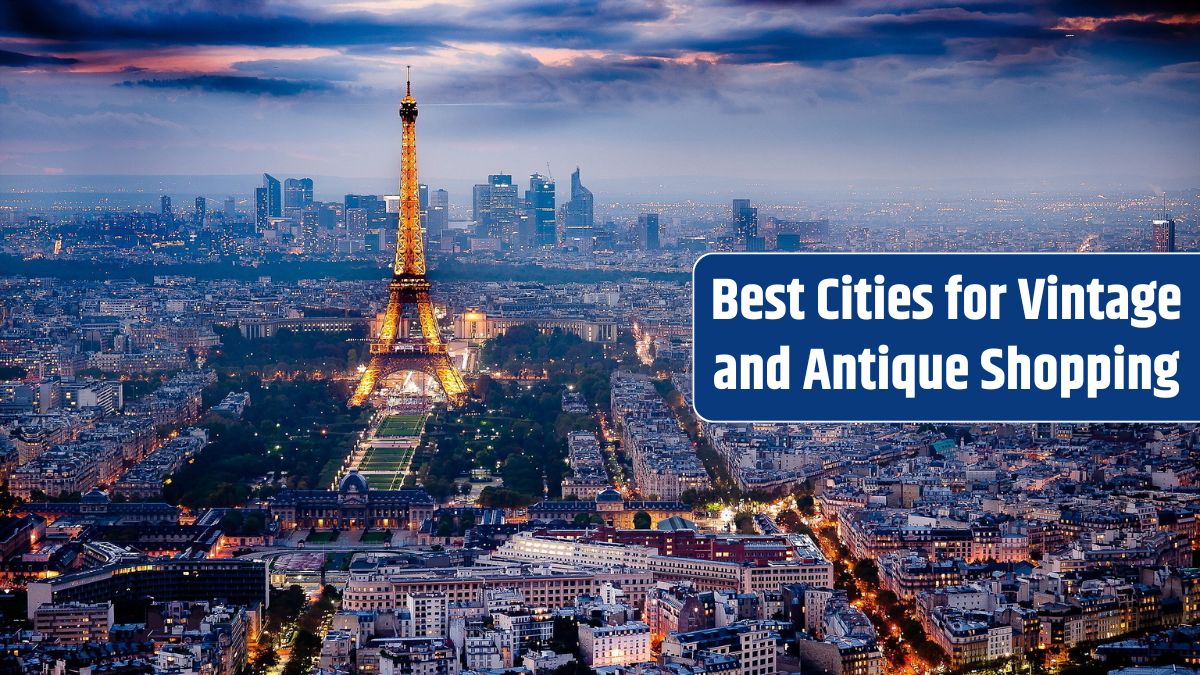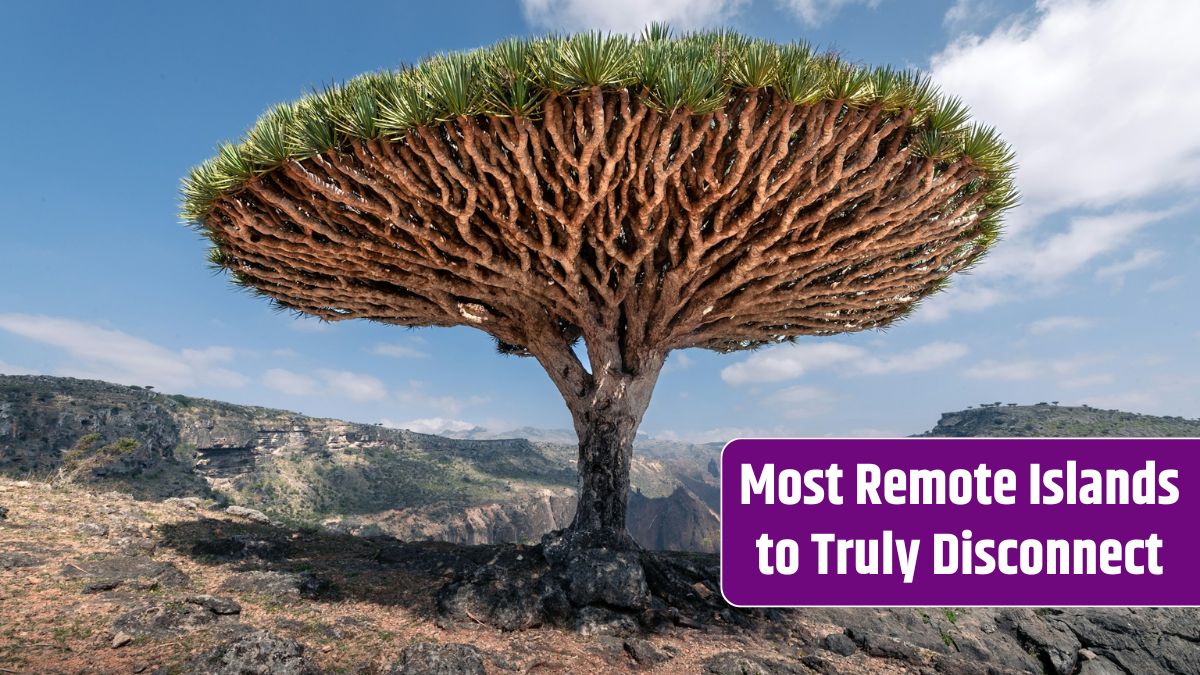If you’re fascinated by ancient traditions, unique customs, and indigenous ways of life, traveling to places where tribal cultures still thrive can be an unforgettable experience. These communities have preserved their heritage for centuries, offering travelers a glimpse into their deep-rooted traditions, ceremonies, and daily lives. Here are five of the best places to experience tribal cultures and traditions.
Table of Contents
Maasai Villages – Kenya & Tanzania
The Maasai people, known for their distinctive red attire, intricate beadwork, and warrior traditions, are one of Africa’s most iconic tribes. Living in Kenya and Tanzania, the Maasai have maintained their semi-nomadic lifestyle despite modernization.
Visitors can immerse themselves in Maasai culture by staying in traditional bomas (homesteads), learning about their herding lifestyle, and witnessing the famous adumu, or jumping dance, performed by young warriors. Their deep connection with nature and strong communal values make visiting a Maasai village a truly enriching experience.
Himba Communities – Namibia
The Himba people of Namibia are known for their striking red-ochre body paint, elaborate hairstyles, and pastoral way of life. They reside in remote villages in the arid north, where they continue to live in harmony with their land.
Travelers can engage with the Himba by visiting their villages, learning about their traditional herbal remedies, and understanding their unique beauty rituals, such as using a special mixture of butterfat and ochre to protect their skin from the harsh sun. Despite the challenges of modernity, the Himba proudly preserve their customs.
Chichicastenango – Guatemala
Deep in the highlands of Guatemala, the indigenous Maya culture is alive and thriving in the town of Chichicastenango. This vibrant town is home to one of the largest and most colorful indigenous markets in Latin America.
Here, you can see locals dressed in handwoven huipiles (traditional blouses), witness ancient Mayan rituals performed at the Santo Tomás Church, and explore the bustling market filled with handmade crafts, textiles, and sacred offerings. The blend of Mayan spirituality with Catholic influences makes this destination particularly unique.
Nagaland – India
Nagaland, in northeastern India, is home to various Naga tribes, each with its own rich traditions, warrior history, and festivals. While headhunting is a thing of the past, the Naga people still celebrate their heritage through music, dance, and elaborate ceremonies.
The best time to experience Naga culture is during the Hornbill Festival, held annually in December. During this festival, different tribes come together to showcase their traditional attire, folk dances, and indigenous crafts. Visitors can also stay in tribal villages to know about Naga customs, their bamboo-based lifestyle, and their strong warrior legacy.
Tana Toraja – Indonesia
Tana Toraja, located in the highlands of Sulawesi, Indonesia, is known for its unique funerary customs, elaborate wooden houses (tongkonan), and deep spiritual beliefs. The Torajan people view death as a slow process, and their burial ceremonies are some of the most elaborate in the world.
Travelers can witness traditional funerals, where families hold multi-day feasts with buffalo sacrifices, visit cliffside tombs filled with wooden effigies (tau tau), and explore stunning rice terraces that surround the villages. Despite their modernization, the Torajan people have kept their ancestral traditions alive.
These five destinations offer a rare chance to step into the world of ancient tribes, where culture, rituals, and traditions have been passed down for generations. Whether it’s dancing with Maasai warriors, looking into Naga festivals, or witnessing a Torajan funeral, these experiences provide a deeper connection to humanity’s diverse heritage.
FAQs
Can I stay in a Maasai village?
Yes, many Maasai villages welcome visitors for cultural experiences.
Why do the Himba use red ochre?
Himba women use a mixture of ochre and butterfat for skin protection.
What is special about Chichicastenango?
It has one of Latin America’s largest indigenous markets and Mayan rituals.
What happens at the Hornbill Festival?
Naga tribes showcase their traditional dances, music, and crafts.
Why are Torajan funerals unique?
They are elaborate, with buffalo sacrifices and cliffside burials.
